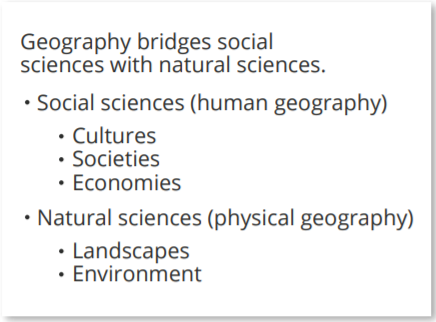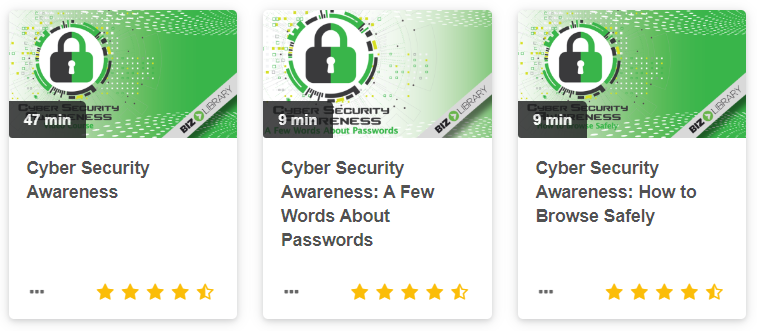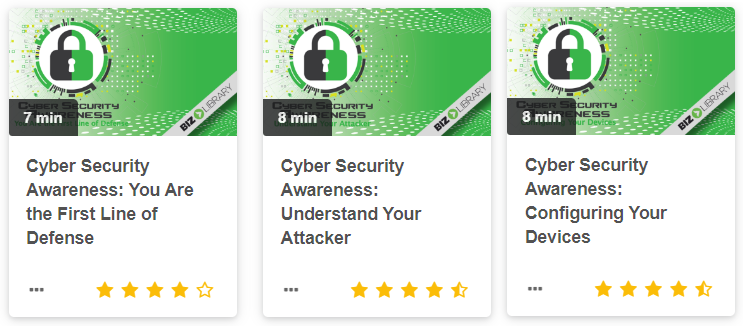During the pandemic, organizations turned to L&D and training programs for strategic support of company goals.
Even without a crisis on your hands, delivering effective training can be difficult, and without guidance and knowledge, training adult learners effectively can leave you spinning your wheels!
However, with the right approach, you can leverage the science of learning to work on your behalf, making it easier for you to bring effective change to your organization through training.
We know that many training programs are working hard to migrate training online, so we wanted to share a few tips and methods for optimizing the effectiveness of your training program. Here are three tips to keep in mind for maximizing your training effectiveness!
Embrace Microlearning Methods
Look at this information:

Now look at the same information, presented differently:

Most people would agree that version #2 is easier to read and digest, and that’s because of a concept known as chunking.
Chunking is the process of breaking information down into related chunks, that helps our short- and long-term memory retain as much information as possible.
Chunking isn’t just a valid strategy for reading content, it’s also viable and effective for video-based content: that’s where microlearning, a video strategy of short, engaging, and focused learning content comes in.
Microlearning takes larger concepts, like cybersecurity, and breaks it up into a series of components, that when put together, help learners understand larger concepts.
Here’s a 47-minute, comprehensive video from The BizLibrary Collection on cybersecurity:

Here’s the same video, chunked, and put into a microlearning format:


Breaking your content up into short chunks helps significantly with retention and application.
If you already have videos with longer lengths, it should be a simple process to identify the important concepts and isolate those concepts into separate videos.
Mixed Modalities Drive Results
There’s no question that we’re proponents of online learning. Our faith in online learning has driven us to create and curate more than 9,000 microlearning videos! That’s why you should trust us when we tell you that video-based learning isn’t the only way you should be implementing training.
Mixed modality training, or training that uses more than one format, is proven to be more effective than single modality training.
A study from the University of Iowa showed that students in blended classes, or classes with both instructor-led and online learning, achieved higher grades than students in only instructor-led classes.
The study found that “Greater than 95% of students enrolled in the blended course section earned course grades [of] C- or higher, compared with 82% in the large lecture sections and 81% in the online sections.”
Even for remote offices, blending your learning program is possible. Technologies like Zoom allow experts to offer learning to your employees in a virtual classroom setting, and when that learning is reinforced through video-based training, the effectiveness of your program will skyrocket!
You Can’t Ignore Learning Retention
In researching our ebook “Learning Science for L&D,” we looked at the effects that forgetting has on learning programs. The results are convincing: the Ebbinghuas Forgetting Curve tells us that we reliably forget as much as 70% of what we learn after 24 hours, and 90% within a week.
That means that without effective reinforcement measures, you are wasting as much as $0.90 for every dollar you spend!
Fortunately, there are several effective and easy ways to increase learning retention. The most common and perhaps most effective strategy is to simply implement testing.
A Washington University professor named Henry Roediger proved this with a famous experiment. He asked a group of students to study a series of photographs, and then try to recall as many of the photographs as they could.
Following the event, Dr. Roediger created three groups within his sample. He dismissed one group, quizzed another group by asking them to write down as many photographs as they could, and finally, the third group was quizzed three times over what they learned.
Here are the results:

As you can see, in this experiment, the number of photographs recalled increased with more testing.
Roediger later expanded on this experiment, by changing the behavior of the groups.
This time, each group was tested over the photographs, and then over the course of a week, each group had the photographs reinforced in different ways.
One group studied the photographs three times.
Another group studied the photographs two times, and then took one test over the photographs.
The last group was tested three times during the week.
At the end of the week, each group took a test to see how many photographs they could recall.
Here are the results:

The group that was tested three times only forgot about 5% of what they initially retained, while the group that studied the photographs saw their retention drop by more than 40%!
Reinforcement can’t be overlooked, and using tests to improve reinforcement is a great idea for any training program.
Training is tough, and delivering effective learning programs to busy adults is even tougher. With these best practices, you can improve your training process and support your organization with strategic learning!

